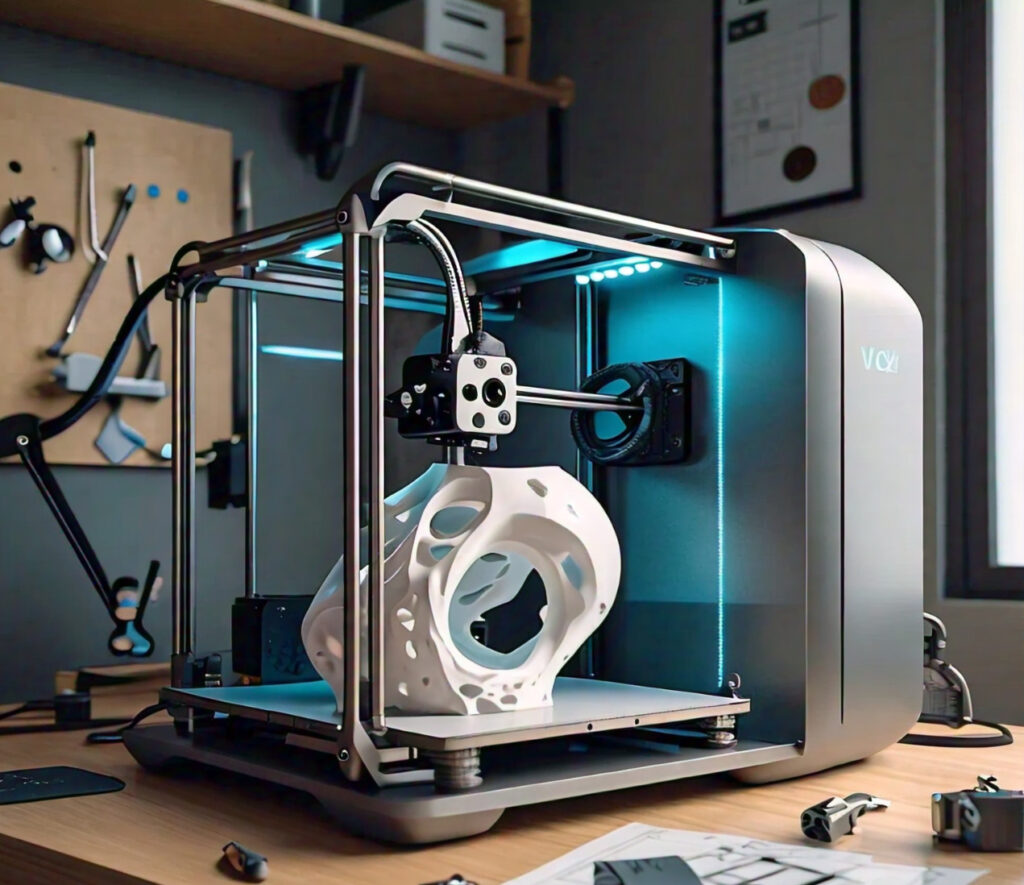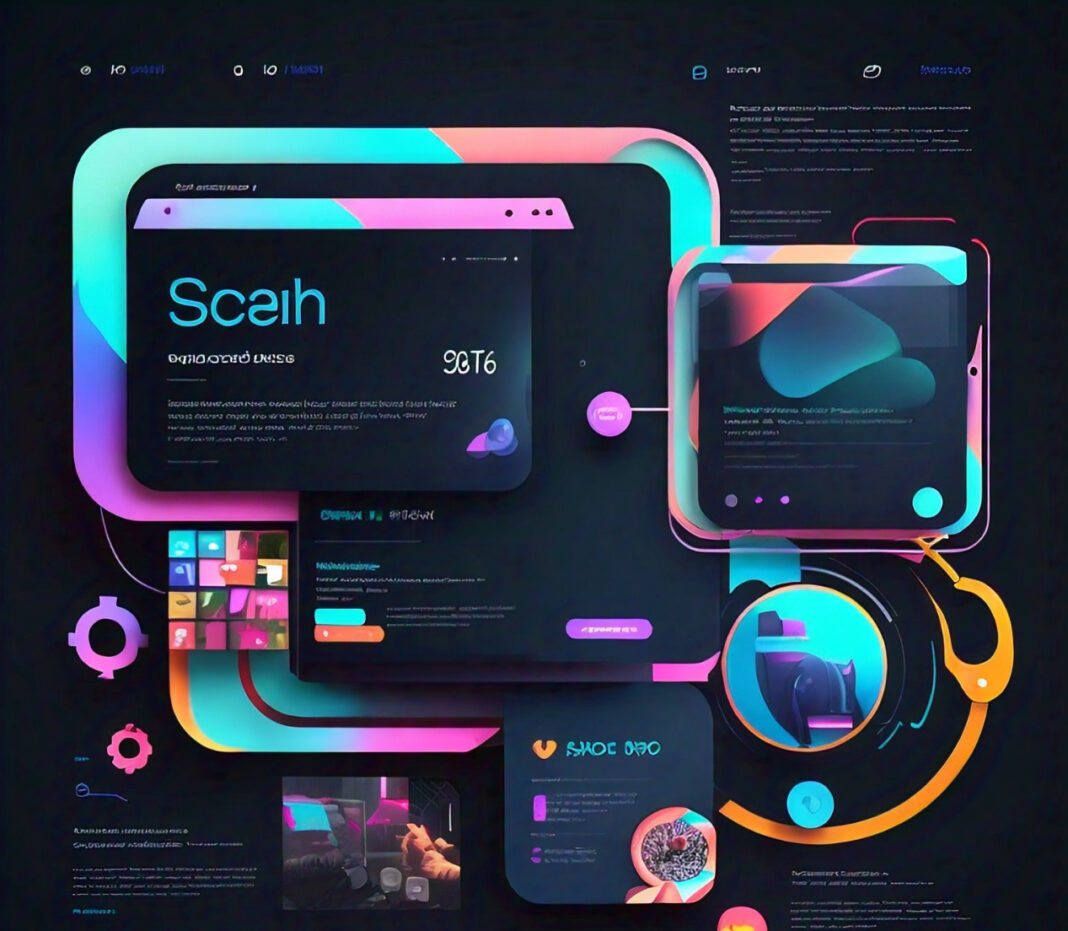Prototypes allow designers and developers, as well as stakeholders, to perceive concepts, test functionality and even gather feedback before investing precious time and resources into full-scale production.

With so many good competing options for prototyping tools on the market, choosing a single one may be somewhat overwhelming. This article would like to research and discuss various prototyping tools, their features, and use cases to help you make an informed choice for your next project.
What is Prototyping?
Before diving into the tools, let’s briefly define what prototyping is. Prototyping is a way of making a preliminary model or version of something, either a product or a design.
It’s a means for teams to try out ideas, test assumptions, and refine concepts before actually developing the final product. Prototypes can range in form from rough paper sketches to fully interactive digital models, depending on project needs and at what point in development it is.
Types of prototypes
Understanding which tool will suit your needs means recognizing that prototypes can be of the following kinds:
- Low-fidelity prototypes: These are the quick, rough representations of an idea, often created using just pen and paper or basic digital tools.
- Medium-fidelity prototypes: These provide further detail, and some interactivity, these are typically digitally prepared with basic design elements.
- High-fidelity prototypes: These are the more refined and interactive ones, almost similar to the final product in both look and feel.
Next, we will have some of the most popular and efficient prototyping tools available at our disposal today.
Paper and pencil: The ultimate classic among the prototyping tools
Overview
Though it may seem almost ridiculously low-tech today, paper and pencil are yet one of the most flexible and widely available tools for prototyping.
Key features
- Affordability
Low-tech skills required
Fosters creativity and quick ideation
Inexpensive to iterate
Best for
Concepts in early development
Brainstorming
Quick user interface mock-ups
Storyboarding User Flows
Limitations
Not Interactive
Digital sharing can be clumsy
Can be very time-consuming when making detailed designs
It’s an excellent way to get started on anything: designers can quickly and freely sketch out ideas, experiment with layouts, and visualize concepts free of any constraints associated with digital tools.
This can also be very useful in collaborative team environments-people can contribute ideas and someone can change stuff right there and then.
Sketch: Digital design made simple
Overview
Sketch is a vector-based design tool that has become very popular with UI/UX designers because of its ease of use and powerful functionality.
Key features
- Vector-based graphics for scalable designs
- Extensive plugin ecosystem
- Symbols and shared styles for consistency
- Collaboration features
Best for
- Creating high-fidelity UI designs
- Developing design systems
- Prototyping web and mobile interfaces
- Collaborating with design teams
Limitations
- Mac-only software
- Limited animation capabilities
- Advanced prototyping requires extra tools
Sketch is indisputably great for making highly detailed, pixel-perfect designs for digital interfaces. It has become a go-to choice for many designers working on web and mobile applications due to its intuitive interface and powerful capabilities.
The ability to create reusable components and maintain design consistency across projects becomes particularly useful for larger teams and complex products.
Adobe XD: The all-in-one UX/UI solution
Overview
This powerful tool enables designers to both design and prototype. This tool has several features for designing an interactive prototype.
Key features
- Design and prototyping in a single application
- Voice prototyping capabilities
- Integration with other Adobe Creative Cloud apps
- Responsive resize for multi-device designs
Best for
- End-to-end UX/UI design process
- Creating interactive prototypes
- Designing for multiple devices and screen sizes
- Collaborating with stakeholders through sharing features
Limitations
- It has a steeper learning curve for beginners.
- The animation options are somewhat limited compared with specialized animation tools.
- Pricing is based on a subscription model.
Among them, one that stands out, for instance, is Adobe XD: while others support either of the tasks seamlessly, this particular software perfectly supports both design and prototyping within one application.
This kind of workflow enables designers to go from static designs directly into interactive prototypes in no time without breaking up consistency anywhere. More advanced comes with Voice Prototyping – a feature to prototype voice-controlled interfaces for upcoming technologies.
Figma: Cloud-based UI design collaboration
Overview
Figma is a cloud-based design tool that focuses a great deal on real-time collaboration and cross-platform accessibility.
Key features
- Real-time collaboration
- Web-based platform accessible from any device
- Responsive design auto-layout and constraints
- Thousands of plugins and integrations
Best for
- Team Designing
- Remote Collaboration
- Design systems creation and management
- Rapid prototyping and iteration
Limitations
- Fully functional only with an active Internet connection.
- Too feature-heavy for a complete novice.
Depending on the speed of your internet, performance may change.
Figma has revolutionized the collaborations within design teams. - Being cloud-based, several team members can work on the same file at the same time, hence smoothing the process of designing and instilling collaboration in the same.
- The strong prototyping capabilities of the platform, along with accessibility across operating systems, make the platform a perfect choice for teams working on projects that are usually complex or have remote members.
InVision: Bringing design and development closer together
Overview
InVision is a platform for prototyping and collaboration that specifically concentrates on interactive prototyping and the design-to-development handoff.
Key features
Advanced animation and transition effects
Collaborative feedback and commenting system
Design system manager
Integrations with popular design tools
Best for
Building highly interactive prototypes
Collecting and managing feedback from stakeholders
Design-to-development process that’s smooth
Presenting designs to clients
Limitations
- Designing has to be done on other tools.
- For small prototyping needs, it can be overkill.
- The subscription model tends to be a bit expensive when the team starts to grow.
InVision does an exemplary job of creating interactive prototypes from static designs with the addition of advanced animations and transitions. This platform is set to further facilitate collaboration by way of commenting and version control, the gathering of feedback, and joint iteration of designs.
The value proposition for teams would be that it makes design-to-development more straightforward, strengthening communication among designers and developers.
Axure RP: Unleash Complex Prototyping
Overview
Axure is one of the industry leaders when it comes to making highly functional interactive prototypes without code.
Key features
Some of the key features are as follows:
- Advanced interactions and conditional logic
- Dynamic content generation
- Automatically generated specification documentation
- Data-driven prototypes
Best for
Best usage scenarios:
- Highly complex interactivity and high-fidelity prototypes
- Data-intensive application prototyping
- Advanced specification documentation
- Advanced interaction user testing
Limitations
Limitations:
- Considerably steeper learning curve
- Can be overkill for basic prototyping needs.
- Less powerful in design compared to a design tool.
Axure RP remains the tool of choice for designers and UX professionals who need to create highly detailed, interactive prototypes. Its conditional logic and dynamic content allow the simulation of complex user flows and system behaviors. That amount of detail is particularly priceless in prototyping data-driven applications or conducting extensive user testing in advance of commencing development.
Balsamiq: Quick and Easy Wireframing
Overview
Balsamiq is one of the first rapid wireframing tools that came into existence; thus, the core role of Balsamiq is to create low-fidelity prototypes rapidly and with ease.
Key features
- Sketch-like interface for quick ideation
- Large library of pre-built UI elements
- Easy to learn and use
- Basic interactivity capabilities
Best for
- Low-fidelity wireframes
- Initial concept rapid prototyping
- Focus on layout and functionality without distracting visual design
- Brainstorming sessions
Limitations
- Only low-fidelity prototypes
- Basic interactivity options
-Not applicable for detailed visual designs
Balsamiq is powerful because it’s simple and quick for ideation. The tool itself forces designers to work at a layout and function level rather than detailed visuals by its very sketch-like nature. This means that it’s very well-suited to early-stage prototyping where one might want to quickly explore a variety of different concepts and layouts. It’s also easy enough to pick up that non-designers can use it, breaking down the barriers between team members of different roles.
Proto.io: Mobile-first prototyping
Overview
Proto.io is a web-based, mobile-first prototyping tool that has deep functionality for creating very interactive mobile app prototypes.
Key features
Massive library of UI components and interactions
Complex animations and transitions supported
User testing and analytics integration
Compatible with various mobile gestures
Best for
Mobile application prototyping
In-depth prototyping of interactions and animations
Conducting user testing within the platform itself
Design targeting multiple mobile devices and screen sizes
Limitations
- Maintained primarily for mobile prototyping purposes. Can be finicky for a novice user. Not as feature-rich in design as some dedicated design tools.
At making prototypes of mobile applications that are very realistic and interactive, Proto.io is second to none. With a library of prebuilt components and support for complex animations, designers can build prototypes that feel very much like the real thing. User testing baked right into the platform with analytics integration makes it a potent way to validate designs and get user feedback early in the product development cycle.
Framer: Code-powered prototyping
Overview
Framer is a prototyping tool that stitches visual design together with code to build highly customizable, interactive prototypes.
Key features
- Code and visually customizable design interface
- Advanced animation features
- Real data in prototypes
- Integrations with design tools like Sketch and Figma
Best for
- Highly interactive and animated prototyping
- Designers who can code a little
- Prototyping complex interactions and micro-interactions
- Exploring innovative interface concepts
Limitations
- A steep learning curve is required, particularly for non-coders
- It’s overkill for very basic prototyping needs
- Some coding knowledge is needed to make use of advanced features
Framer bridges the gap between design and development by allowing both visual tools and code to build prototypes. Such a unique approach lets one bring in highly customized interactions and animations that may be hard to achieve with purely visually oriented tools. Having a more steep learning curve, Framer is ideal for designers who want to push the limits of interactivity when prototyping.
Choosing the Right Prototyping Tool
The selection of the proper prototyping tool is based on a few factors:
- Project requirements: What level of fidelity are you after? How about interactivity?
- Team’s skills: Find a tool that plays nicely with your team’s skillset and learning capacity.
- Collaboration needs: If in a team, prefer tools featuring great collaboration.
- Budget: Balance the cost of acquisition and the operational costs regarding the tool.
- Integration: Look for tools that would seamlessly integrate into your design and development workflow.
- Scalability: Find a tool that can grow with you and permit you to work on larger projects that are more complex.
Especially, prototyping is one of the very important steps in design and development, and choosing a proper tool will make the difference in the success of your project. From low-fidelity paper-and-pencil solutions to the capabilities of code-based solutions like Framer, there is a prototyping tool for each need and level of expertise.
Keep in mind that one tool isn’t perfect for every situation. Many designers and teams will use different tools throughout the entire process of prototyping-from low-fidelity sketches to high-fidelity interactive prototypes. The key is choosing tools that enable your workflow, enhance collaboration, and generally help you build better products.
More innovative prototyping tools will be invented with each passing day in developing the technology. So, a designer updating himself about any new feature or emerging platform can choose the best among them for his projects. Master your skills of prototyping along with the right tools, and you will be easily successful in bringing your ideas into reality and providing outstanding experiences to your users.






